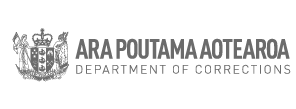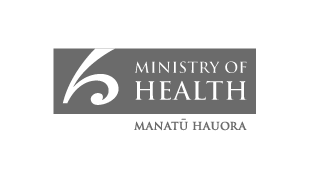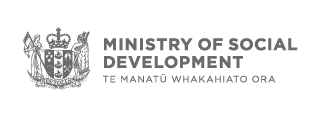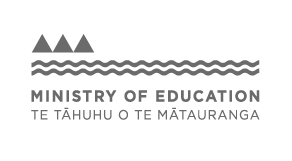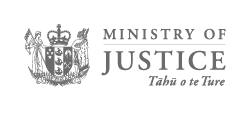He Pū Kōrero – He Pā Harakeke – He Pū Kotahitanga
|
Te Pūkotahitanga is delighted to share this taonga with you. Violence Within Whānau and Mahi Tūkino – A Litany of Sound Revisited [PDF, 12 MB] |
Ngā mihi nui kia koutou katoa, whakaarongo te kōrero o te tangata,
This deep and thoughtful literary review was nearly one year in the making and has gathered a substantial amount of contemporary mātauranga knowledge from Māori researchers in one book. It builds on the previously unpublished resource developed for Interim Te Rōpū.
A Litany of Sound Revisited greatly strengthens the purpose of Te Pūkotahitanga in our role as advisors to Hon. Karen Chhour, the Minister for the Prevention of Family and Sexual violence.
It confirms that solutions to breaking the intergenerational cycle of violence for whānau exist within Kaupapa Māori and Te Ao Māori approaches.
Gaps Analysis:
It highlights the evidential gaps in:
Solutions From Answering 6 Questions:
These questions guided ‘A Litany of Sound Revisited’ in the exploration of Māori living with violence and mahi tūkino including prevalence rates, historical and contemporary context, solutions, and evidence gaps:
Author Moemoeā:
“The book brings together a whole lot of resources, to inform solutions. We’ve looked at what works, why it works, how we got here and what the state of play is now?” says Prof. Denise Wilson.
“It starts with pre-Colonisation I really wanted to start it from the point that violence didn't occur – we had systems, processes and tikanga in place that our tupuna lived by that kept everybody safe.”
She believes that the literature review is all about hope, and aspirations for what we can be again, over time.
The material doesn’t have to be read it from cover to cover either as the design is supposed to be user-friendly – a ‘pick up and put down’ pukapuka.
Prof. Wilson hopes readers go to places of interest and just read small chunks at a time.
“I hope that it will underpin and help inform people planning these services and support funding proposals to meet the needs of our communities.”
“My moemoeā is that my mokopuna and those mokopuna yet unborn have a very different world that they’re growing up in than the current one.”
Te Pūkotahitanga is grateful for this substantial mahi and tautoko the contribution which serves as a way finder navigating the family violence system which is different for Māori.
We look forward to future wānanga with you to further strengthen our kaupapa.
Kia tau te rangimarie,
Poata Watene (co-Chair), Amokura Panoho (co-Chair), Tā Mark Solomon, Prof. Denise Wilson, Hera Pierce, Katie Murray, Dr Maria Baker, Dr Moana Eruera, Kim Eriksen-Downs, Denise Messiter, Lorraine Hawke.
Last modified:
